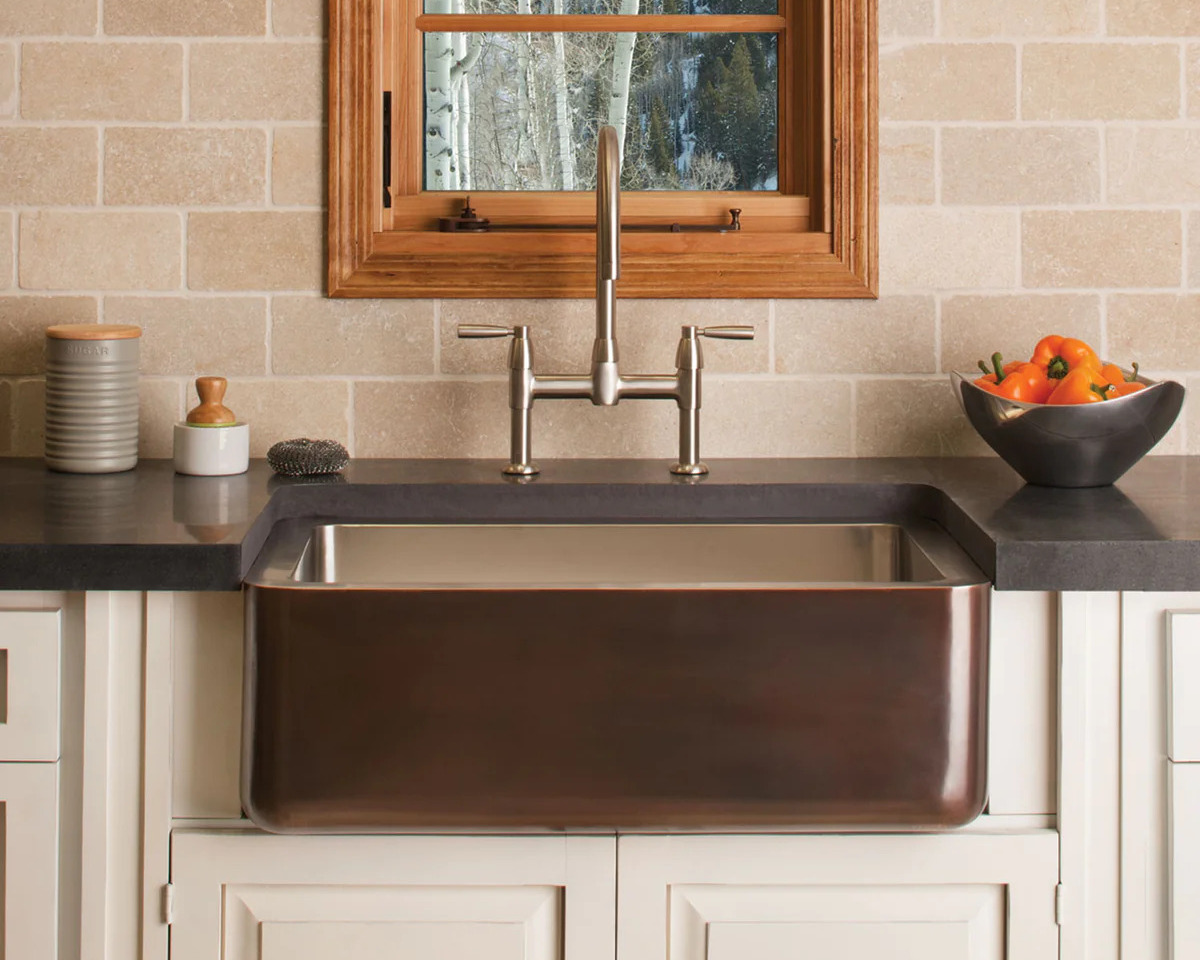

Articles
What Is A Farmhouse Sink
Modified: February 26, 2024
Discover the benefits of a farmers sink in this informative article. Learn why farmers sinks are a popular choice for kitchens and how they can enhance the functionality and style of your space.
(Many of the links in this article redirect to a specific reviewed product. Your purchase of these products through affiliate links helps to generate commission for Storables.com, at no extra cost. Learn more)
Introduction
A farmers sink, also known as an apron sink, is a style of sink that has gained popularity in recent years for its charming and rustic appeal. This type of sink is characterized by its large, deep basin and a front-facing panel that extends beyond the edge of the countertop. Farmers sinks were traditionally found in rural farmhouses and were primarily used for washing large pots, pans, and even small farm animals.
Over time, farmers sinks have evolved to become a sought-after feature in modern kitchens due to their functional design and aesthetic appeal. They add a touch of nostalgia and elegance to any kitchen, while also offering practical advantages for everyday use.
Throughout this article, we will delve into the history and characteristics of farmers sinks, explore the pros and cons, discuss the popular materials used in their construction, provide guidance on installation and maintenance, and offer tips on how to choose the right farmers sink for your kitchen.
Whether you are renovating your kitchen or just curious about this unique sink style, read on to discover the charm and functionality that farmers sinks bring to your home.
Key Takeaways:
- Farmers sinks, also known as apron sinks, offer a charming and practical addition to kitchens with their deep basin, ergonomic design, and versatile material options. They bring timeless appeal and functionality to any kitchen space.
- When choosing a farmers sink, consider factors such as size, material, style, bowl configuration, and installation requirements to ensure it complements your kitchen design and accommodates your daily tasks. Proper installation and maintenance are essential for ensuring the longevity and functionality of your farmers sink.
Read more: How To Clean Farmhouse Sink
Definition of a Farmers Sink
A farmers sink, also known as an apron sink, is a type of sink that is characterized by its unique design and functionality. Unlike traditional sinks that are mounted under the countertop, farmers sinks have a front-facing panel that extends beyond the edge of the countertop. This panel, also known as the apron, gives the sink its distinctive look and sets it apart from other sink styles.
Farmers sinks are typically deeper and wider than standard sinks, allowing for more space to accommodate larger items such as pots, pans, and even small farm animals. The deep basin makes it easier to wash and rinse bulky items without splashing water all over the countertops.
One of the main advantages of farmers sinks is their ergonomic design. The front-facing panel eliminates the need to lean over the countertop, reducing strain on the back and providing a more comfortable and convenient experience while performing kitchen tasks.
Originally, farmers sinks were made from fireclay, a type of ceramic material that is known for its durability and resistance to stains and scratches. However, as the popularity of farmers sinks has grown, manufacturers have started to offer sinks in a variety of materials, including stainless steel, copper, cast iron, and composite granite.
The design of farmers sinks has also evolved over time. While traditionally they had a simple and utilitarian appearance, modern farmers sinks now come in a range of styles and finishes to suit different kitchen aesthetics. From sleek and contemporary designs to more traditional and vintage-inspired options, there is a farmers sink to complement any kitchen style.
Whether you are looking to add a touch of farmhouse charm to your kitchen or seeking a functional and spacious sink for everyday use, a farmers sink offers a versatile and visually appealing solution.
History of Farmers Sinks
The history of farmers sinks can be traced back to a time when functional and durable kitchen fixtures were a necessity for rural farmhouses. Farmers needed sinks that could withstand heavy use and accommodate the cleaning of large utensils and produce from the farm.
The farmers sink, also commonly referred to as an apron sink, derives its name from the fact that it was commonly used by farmers in their day-to-day activities. The design and construction of these sinks were rooted in practicality, with the large, deep basin and front-facing panel providing farmers with the necessary space and convenience for their demanding tasks.
Originally, farmers sinks were made from fireclay, a type of ceramic material. This material was known for its durability, resistance to staining, and ability to withstand heavy use. Fireclay sinks were not only functional but also aesthetically pleasing, with their clean lines and simple design.
As the popularity of farmers sinks grew, manufacturers started experimenting with different materials and designs. In the early 20th century, cast iron became a popular choice for farmers sinks due to its durability and heat resistance. These cast iron sinks were often coated with porcelain enamel to enhance their strength and provide a smooth, easy-to-clean surface.
In the mid-20th century, stainless steel emerged as a popular material for farmers sinks. Stainless steel offered the advantages of being corrosion-resistant, hygienic, and easy to maintain. The sleek and modern appearance of stainless steel farmers sinks also appealed to homeowners looking for a more contemporary aesthetic.
In recent years, farmers sinks have experienced a resurgence in popularity as the farmhouse and rustic design trends have gained momentum. Homeowners have been drawn to the timeless and nostalgic charm of these sinks, seeking to recreate the warmth and authenticity of a farmhouse kitchen in their own homes.
Today, farmers sinks are available in a wide range of materials, finishes, and designs to suit various kitchen styles. From traditional fireclay and cast iron to modern stainless steel and composite granite, there is a farmers sink to cater to every homeowner’s preferences.
The history of farmers sinks is a testament to their enduring functionality and timeless appeal. Whether in a farmhouse or a contemporary kitchen, farmers sinks continue to be a beloved choice for those seeking both practicality and style in their kitchen fixtures.
Characteristics of Farmers Sinks
Farmers sinks, also known as apron sinks, are distinguished by several key characteristics that set them apart from traditional sinks. These unique features contribute to their distinctive appearance and functional advantages.
- Front-Facing Panel: One of the defining characteristics of a farmers sink is its front-facing panel, also called the apron. This panel extends beyond the edge of the countertop, creating a visible and attractive focal point in the kitchen.
- Large and Deep Basin: Farmers sinks are known for their generous size and depth. The larger basin provides ample space for handling large pots, pans, and dishes, making it easier to clean and rinse bulky items without splashing water onto the countertop and floor.
- Ergonomic Design: The front-facing panel of a farmers sink eliminates the need to lean over the countertop while washing dishes or performing other kitchen tasks. This ergonomic design reduces strain on the back and offers a more comfortable working position.
- Durable Materials: Farmers sinks are commonly made from durable materials such as fireclay, stainless steel, cast iron, or composite granite. These materials are known for their strength, resistance to scratches and stains, and longevity.
- Wide Variety of Styles: Farmers sinks are available in a wide range of styles to suit different kitchen aesthetics. From traditional and farmhouse designs with smooth edges and simple lines to more modern and contemporary options with sleek and clean finishes, there is a farmers sink to complement any kitchen style.
- Easy to Clean: The smooth surfaces and large basin of farmers sinks make them easy to clean and maintain. The absence of hard-to-reach corners and crevices reduces the accumulation of dirt and grime.
- Versatility: Farmers sinks are versatile in terms of installation options. They can be mounted as undermount, flush-mount, or top-mount sinks, depending on the desired aesthetic and space availability in the kitchen.
- Enhances Kitchen Design: The unique and eye-catching design of farmers sinks adds a focal point and enhances the overall aesthetics of the kitchen. They can create a sense of warmth, nostalgia, and rustic elegance, making them a popular choice for homeowners seeking to create a cozy and inviting kitchen space.
The characteristics of farmers sinks make them a practical and visually appealing choice for homeowners looking to add a touch of charm and functionality to their kitchen. Whether in a farmhouse-style kitchen or a more contemporary setting, farmers sinks offer both style and convenience in one fixture.
Pros and Cons of Farmers Sinks
Farmers sinks, also known as apron sinks, have gained popularity for their unique charm and practical features. However, like any kitchen fixture, farmers sinks come with their own set of advantages and disadvantages. Let’s explore the pros and cons of farmers sinks to help you make an informed decision.
Read more: How To Install Farmhouse Sink
Pros of Farmers Sinks:
- Aesthetic Appeal: Farmers sinks add a touch of rustic elegance and charm to any kitchen. Their front-facing panel creates a focal point that can enhance the overall design and style of the space.
- Functional Design: Farmers sinks offer a larger and deeper basin compared to standard sinks, providing ample space for washing and rinsing large pots, pans, and dishes. This makes them ideal for households that frequently deal with bulky kitchenware.
- Ergonomic: The front-facing panel of farmers sinks eliminates the need to lean over the countertop, reducing strain on the back and making kitchen tasks more comfortable and convenient.
- Durable Construction: Farmers sinks are typically made from durable materials such as fireclay, stainless steel, or cast iron. These materials are resistant to scratches, stains, and chipping, ensuring long-lasting quality.
- Easy to Clean: With their smooth surfaces and minimal crevices, farmers sinks are easy to clean and maintain. They can be quickly wiped down, and their sturdy construction can withstand regular use and cleaning.
- Versatile Installation: Farmers sinks can be installed in different ways, including undermount, flush-mount, or top-mount, depending on your preferences and kitchen layout.
Cons of Farmers Sinks:
- Price: Farmers sinks, especially those made from premium materials, can be more expensive than standard sinks. The additional craftsmanship and materials required for their unique design contribute to the higher cost.
- Size: The larger dimensions of farmers sinks require a dedicated space in the kitchen. If you have limited counter space, a farmers sink may not be the most practical option.
- Installation Challenges: Due to their size and weight, farmers sinks may require professional installation. Ensuring proper support and sealing are crucial for their stability and functionality.
- Limitation on Cabinet Storage: The front-facing panel of farmers sinks occupies space that would otherwise be utilized for cabinet storage beneath the sink. This may result in a reduction in available storage space in your kitchen.
Considering the pros and cons can help you evaluate whether a farmers sink is the right choice for your kitchen. If the rustic charm, generous space, and unique design outweigh the potential drawbacks, a farmers sink can be a worthwhile investment that enhances both the functionality and aesthetics of your kitchen.
Popular Materials Used in Farmers Sinks
Farmers sinks, also known as apron sinks, are available in a variety of materials, each with its own unique characteristics and benefits. The choice of material for your farmers sink is an important consideration as it affects not only the appearance but also the durability and maintenance of the sink. Let’s explore some of the popular materials used in farmers sinks:
Fireclay:
Fireclay is a traditional material commonly used in farmers sinks. It offers a classic and timeless look with its smooth and glossy finish. Fireclay sinks are known for their durability, resistance to scratches, stains, and heat. They are also easy to clean and maintain, making them a popular choice for those seeking a traditional farmhouse aesthetic.
Read also: 8 Best Farmhouse Sink for 2024
Stainless Steel:
Stainless steel is a popular choice for farmers sinks due to its sleek and modern appearance. It is highly durable, resistant to stains, rust, and heat. Stainless steel sinks are also easy to clean and maintain, making them suitable for busy kitchens. They are available in various gauges, with lower gauge numbers indicating thicker and more robust construction.
Cast Iron:
Cast iron farmers sinks offer a vintage appeal and a solid, substantial feel. These sinks are coated with enamel to provide a smooth, non-porous surface that is resistant to scratches, stains, and chipping. Cast iron sinks retain heat well, which can be beneficial for soaking and washing dishes. However, they require more care to prevent chipping of the enamel surface.
Composite Granite:
Composite granite sinks are constructed from a blend of natural granite stone and resin. These sinks offer a durable and heat-resistant surface that is resistant to scratches, stains, and fading. Composite granite sinks come in a range of colors and finishes, allowing for customization to match different kitchen styles.
Copper:
Copper farmers sinks are known for their warm and rich aesthetic. Copper develops a natural patina over time, giving it a unique and ever-changing appearance. It is naturally antimicrobial and easy to clean. While copper sinks require regular maintenance to prevent discoloration, they can add a striking and luxurious touch to any kitchen.
When choosing the material for your farmers sink, consider your desired style, durability, and maintenance requirements. Each material offers its own aesthetic and functional benefits, allowing you to find the perfect farmers sink to complement your kitchen and meet your needs.
Read more: How Far Should Farmhouse Sink Stick Out
Installation and Maintenance of Farmers Sinks
Installing a farmers sink requires careful consideration and proper techniques to ensure its stability and functionality. Additionally, regular maintenance is necessary to keep the sink in optimal condition. Let’s explore the installation and maintenance guidelines for farmers sinks:
Installation:
1. Prepare the Cabinet: Ensure that the cabinet beneath the sink is reinforced to support the weight of the farmers sink. The front-facing panel should align with the cabinet doors or drawers to ensure a seamless look.
2. Measure and Cut Countertop: Measure the dimensions of the farmers sink and cut an appropriate-sized hole in the countertop. Take precise measurements to ensure a tight fit.
3. Position the Sink: Carefully place the farmers sink into the cutout on the countertop. Ensure that the sink is level and flush with the countertop edges.
4. Secure the Sink: Use brackets or clips provided by the sink manufacturer to secure the farmers sink to the underside of the countertop. Follow the manufacturer’s instructions for the specific installation process.
5. Connect Plumbing: Connect the plumbing to the farmers sink, including the drain assembly and water supply lines. Ensure proper sealing to avoid any leaks.
6. Seal the Edges: Apply a bead of caulk or silicone sealant around the edges of the sink where it meets the countertop. This helps to create a watertight seal and prevents water damage.
Maintenance:
1. Regular Cleaning: Clean the farmers sink regularly using a soft sponge or cloth and mild dish soap. Avoid abrasive cleaners and scouring pads that can scratch the surface of the sink.
2. Avoid Harsh Chemicals: Refrain from using harsh chemicals, bleach, or abrasive cleaners on the farmers sink as they can damage the finish or material of the sink.
3. Prevent Staining: Wipe away any food or liquid spills promptly to avoid staining the sink. Certain materials, such as fireclay or ceramic, may be prone to staining if not properly maintained.
4. Protect Against Scratches: Use a sink grid or silicone mat to protect the bottom of the farmers sink from scratches caused by heavy pots, pans, or utensils.
5. Avoid Extreme Temperatures: Do not pour boiling water directly into the farmers sink as it can potentially cause damage. Similarly, avoid placing hot pans or pots directly on the surface to prevent thermal shock.
6. Clean the Drain: Regularly clean the drain and remove any debris or buildup that may cause clogging. This will help maintain proper drainage and prevent unpleasant odors.
By following proper installation techniques and implementing regular maintenance practices, you can ensure the longevity and functionality of your farmers sink. Remember to consult the manufacturer’s guidelines for any specific recommendations related to your sink’s installation and maintenance.
Design Options for Farmers Sinks
Farmers sinks, also known as apron sinks, come in a variety of designs, allowing you to choose a style that suits your kitchen aesthetic. From traditional farmhouse to contemporary chic, there are design options to match any preference. Let’s explore some of the popular design options for farmers sinks:
Read more: What Is A Sink
Traditional Farmhouse:
Traditional farmhouse design is characterized by a rustic and timeless look. For a traditional farmhouse feel, opt for a farmers sink with a simple and clean design. Look for sinks with straight or slightly curved edges and a smooth front panel without embellishments. Choose a material such as fireclay or cast iron for an authentic and classic appearance.
Vintage-Inspired:
If you prefer a vintage-inspired look for your kitchen, consider a farmers sink with intricate detailing or decorative elements. Look for sinks with ornate patterns or scalloped edges that evoke a nostalgic feel. Materials like copper or cast iron can enhance the vintage appeal, creating an elegant and sophisticated kitchen ambiance.
Modern and Minimalist:
For a contemporary or minimalist kitchen, opt for a farmers sink with sleek lines and clean edges. Look for sinks made from stainless steel or composite materials, as they offer a modern aesthetic. Choose a sink with a flat front panel or a subtle curve for a minimalist and streamlined look that blends seamlessly with the rest of your kitchen design.
Double Bowl:
If you prefer more functionality and flexibility, consider a farmers sink with double bowls. Double bowl sinks allow for multitasking and separate areas for washing and rinsing. They can be beneficial for homes with larger families or for those who frequently handle multiple tasks in the kitchen. Double bowl farmers sinks are available in various designs and can be customized to fit your desired style.
Read more: What Is A Real Farmhouse-Style Table?
Colour Options:
While the classic white or cream-colored farmers sink remains a popular choice, sinks in other colors have also gained attention in recent years. Some manufacturers offer farmers sinks in colors like black, grey, or even bold hues like navy blue or red. These colorful sinks can add a striking focal point to your kitchen and create a unique design statement.
When selecting the design for your farmers sink, consider the overall style and theme of your kitchen. Whether you’re going for a traditional, vintage, modern, or colorful look, there are farmers sink designs available to complement your desired aesthetic and elevate the visual appeal of your kitchen space.
How to Choose the Right Farmers Sink for Your Kitchen
Choosing the right farmers sink for your kitchen involves considering various factors to ensure it meets both your functional needs and aesthetic preferences. Here are some tips to help you make the right choice:
Determine Size and Configuration:
Measure the space available in your kitchen to determine the appropriate size and configuration for your farmers sink. Consider the available cabinet space, countertop dimensions, and your specific cleaning and cooking needs. Decide on the number of bowls, the depth of the sink, and the overall size that will best suit your daily workflow.
Choose the Material:
Consider the material options available for farmers sinks and select one that aligns with your style, durability, and maintenance preferences. Fireclay, stainless steel, cast iron, composite granite, and copper are some popular choices. Each material has its own unique characteristics, so evaluate their pros and cons to find the one that fits your needs best.
Read more: What Is An Integral Sink
Consider the Kitchen Style:
Take into account the overall style of your kitchen when choosing a farmers sink. For a traditional farmhouse look, opt for fireclay or cast iron with a clean design. For a modern or minimalist kitchen, stainless steel or composite materials with sleek lines would work well. Consider the color and finish options that will complement or contrast with your kitchen cabinetry and countertops.
Think About Bowl Configuration:
Consider whether you want a single-bowl or double-bowl farmers sink. Single-bowl sinks offer more space for larger items and are convenient for soaking and washing. Double-bowl sinks provide separation for different tasks, allowing you to wash and rinse simultaneously. Evaluate your kitchen routine and preferences to determine which configuration will work best for you.
Assess Installation Requirements:
Understand the installation requirements for farmers sinks and assess whether it aligns with your kitchen layout. Consider the type of installation (undermount, flush-mount, or top-mount) and ensure your cabinets can accommodate the sink’s weight and dimensions. If you’re unsure about the installation process, it is recommended to consult with a professional for assistance.
Set a Budget:
Establish a budget for your farmers sink and explore options within that range. Prices can vary based on materials, design, and brand. Remember that investing in a higher quality sink may result in increased durability and longevity, making it a worthwhile long-term investment for your kitchen.
By considering these factors and conducting thorough research, you can choose a farmers sink that not only meets your functional requirements but also complements the style and design of your kitchen. Take your time to explore different options and consult with professionals or experts if needed to ensure you make an informed decision for your kitchen space.
Read more: What Is Undermount Sink
Conclusion
Farmers sinks, with their unique design and functionality, have become a popular choice for homeowners looking to add charm, character, and practicality to their kitchens. These sinks offer a timeless appeal that effortlessly blends with various design styles, from traditional farmhouse to contemporary chic.
Throughout this article, we have explored the definition, history, characteristics, pros and cons, popular materials, installation and maintenance, and design options of farmers sinks. From their deep and spacious basin to their ergonomic design and durable construction, farmers sinks offer numerous advantages for everyday use.
When choosing a farmers sink for your kitchen, consider factors such as size, material, style, bowl configuration, and installation requirements. Take into account your specific needs and preferences to find the sink that best complements your kitchen design and accommodates your daily tasks.
Keep in mind that proper installation and regular maintenance are essential for ensuring the longevity and functionality of your farmers sink. Following manufacturer guidelines and implementing proper cleaning routines will help keep your sink in optimal condition for years to come.
Whether you’re looking to create a cozy farmhouse kitchen or add a touch of elegance to a modern space, farmers sinks offer versatility and timeless beauty. Their deep basins, distinctive front-facing panels, and various design options make them a striking centerpiece in any kitchen.
By considering all the elements discussed in this article, you can confidently choose the right farmers sink that not only enhances the practicality of your kitchen but also showcases your personal style and creates a welcoming atmosphere.
So, go ahead and explore the wide range of options available in farmers sinks, envision your dream kitchen, and bring that farmhouse charm or modern elegance to life. Enjoy the benefits and visual appeal that a farmers sink can bring to your home for years to come!
Frequently Asked Questions about What Is A Farmhouse Sink
Was this page helpful?
At Storables.com, we guarantee accurate and reliable information. Our content, validated by Expert Board Contributors, is crafted following stringent Editorial Policies. We're committed to providing you with well-researched, expert-backed insights for all your informational needs.
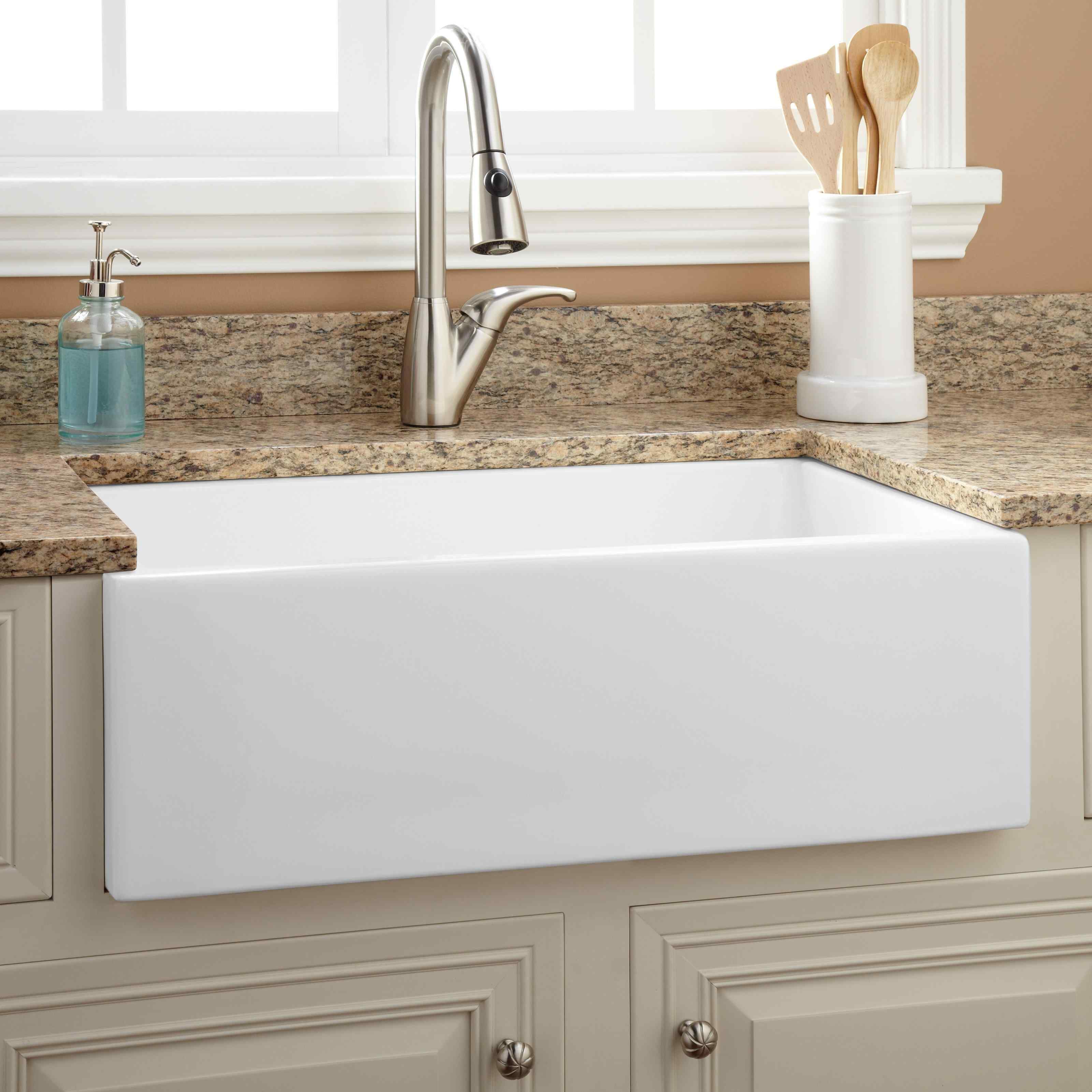

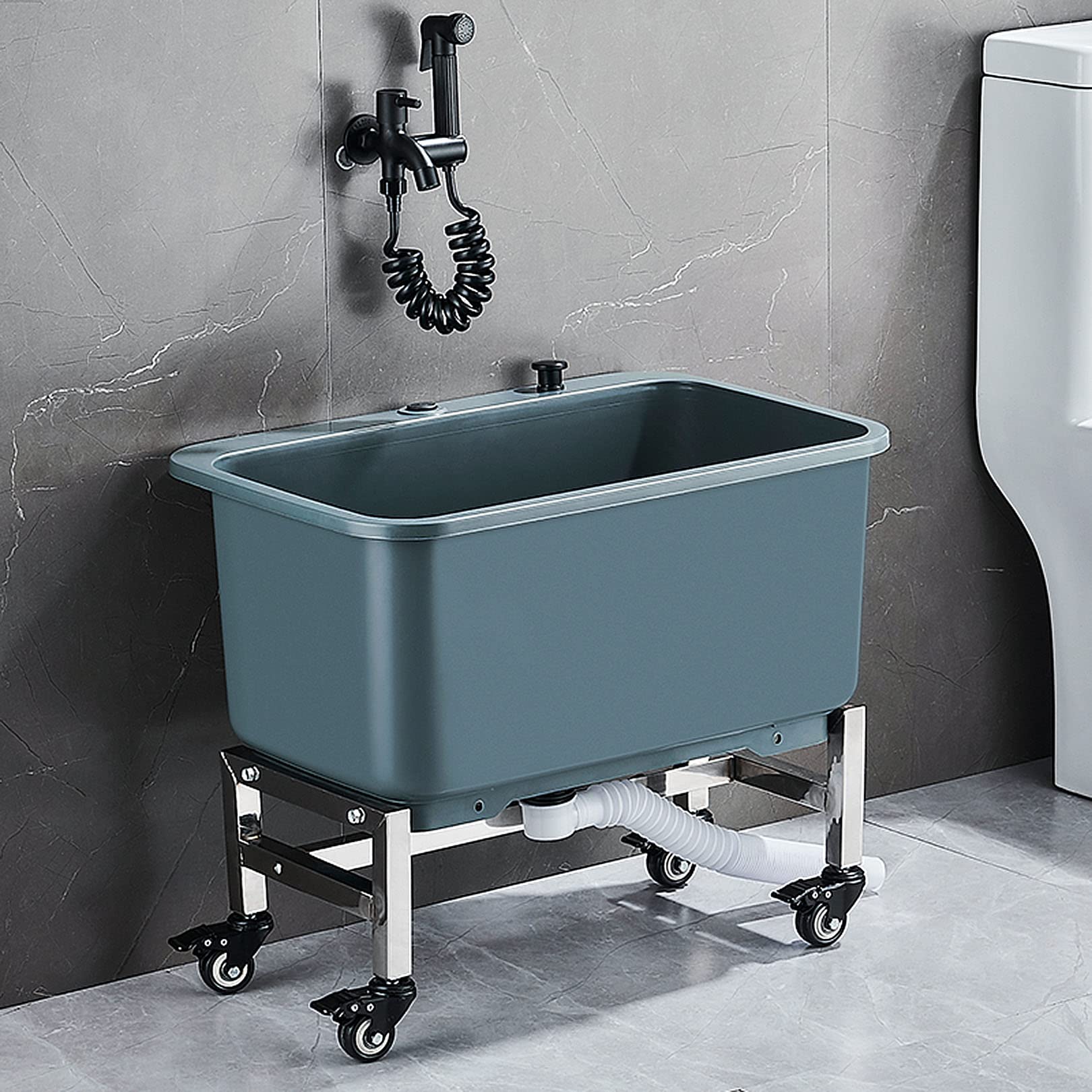
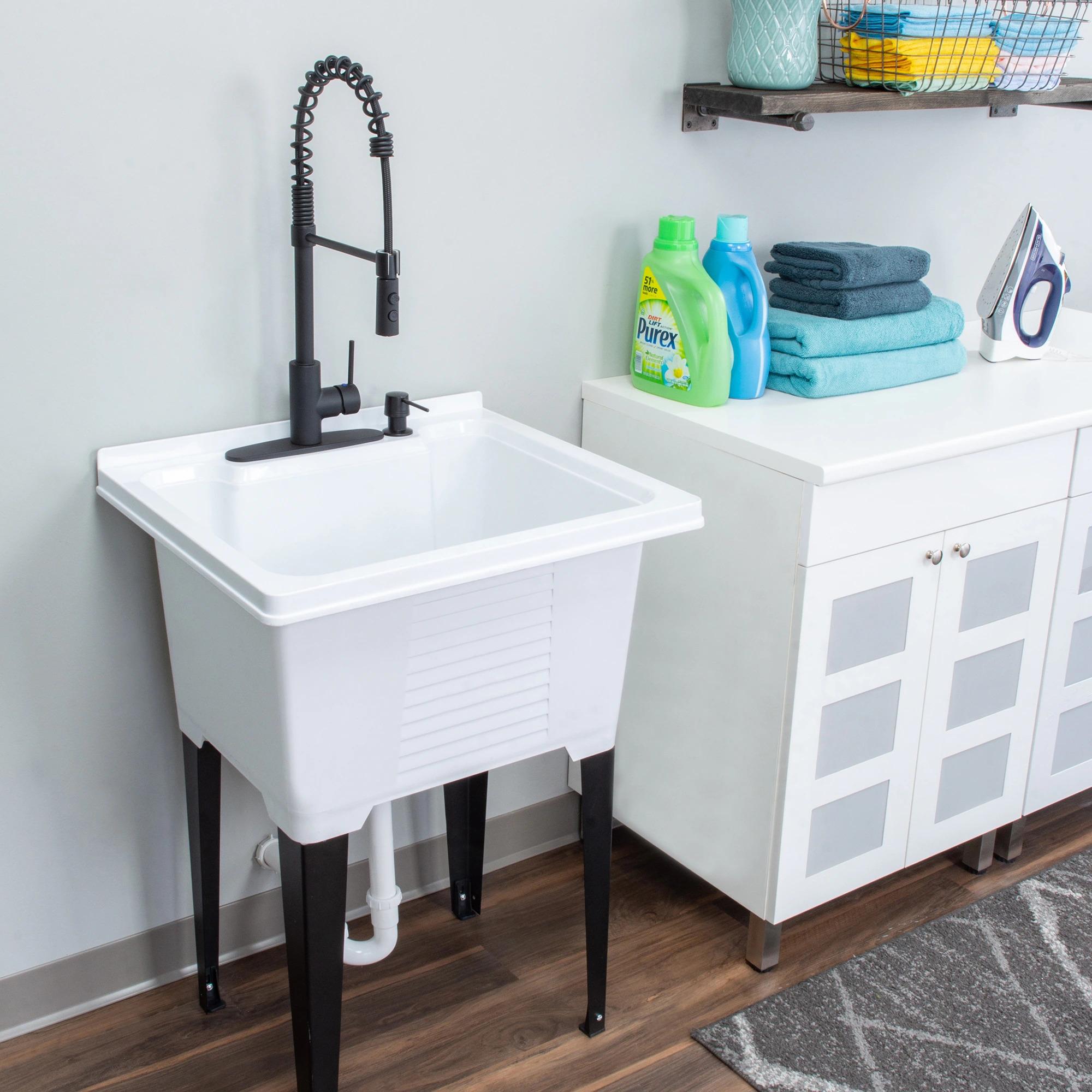
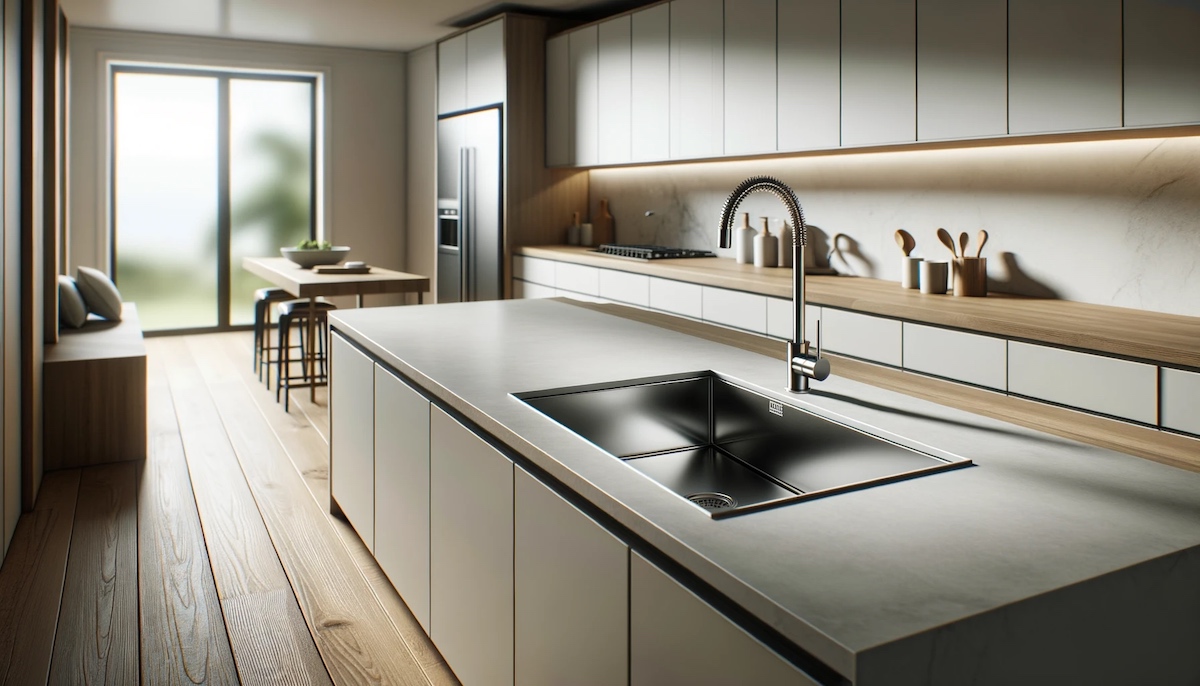

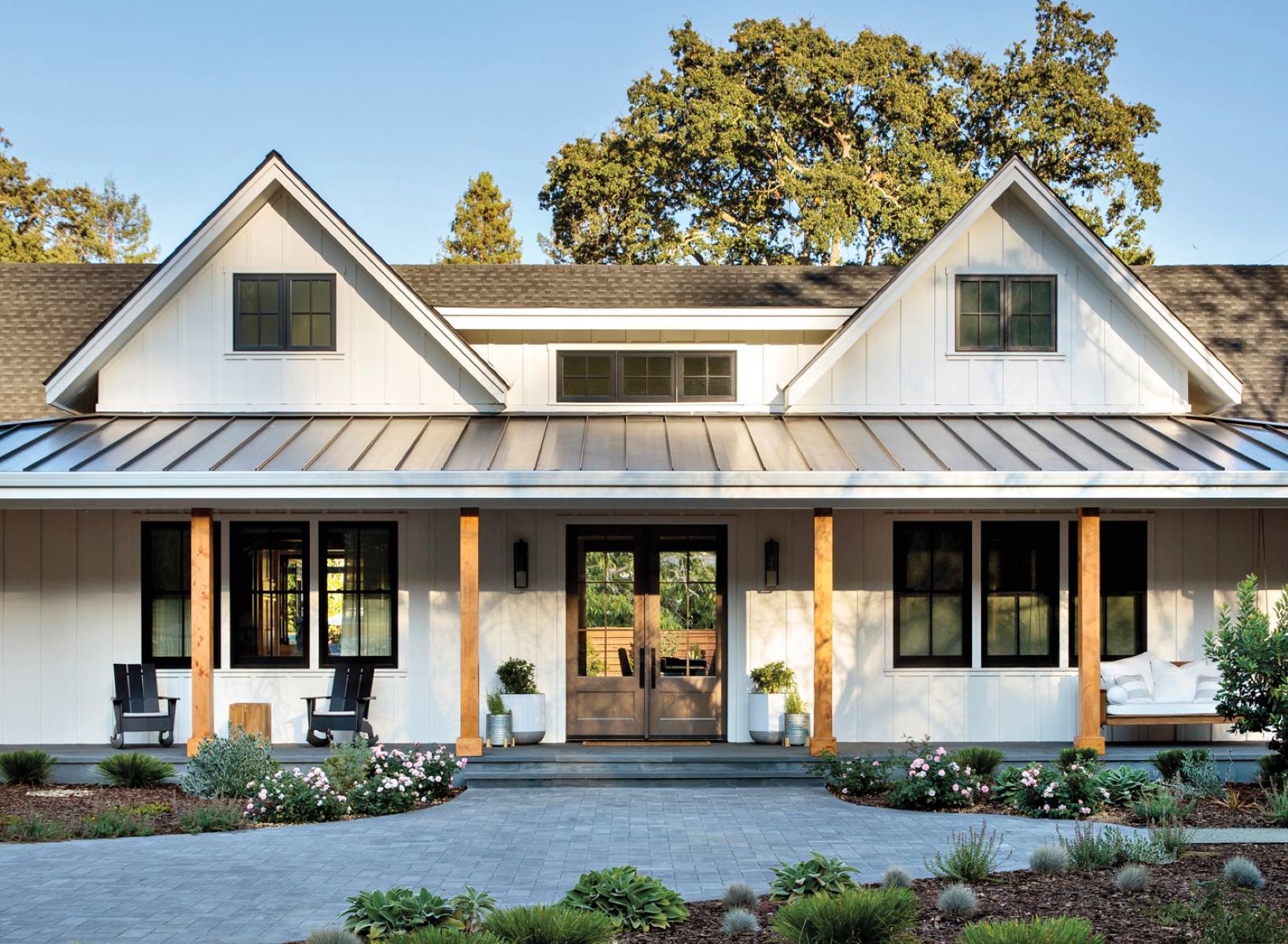


0 thoughts on “What Is A Farmhouse Sink”